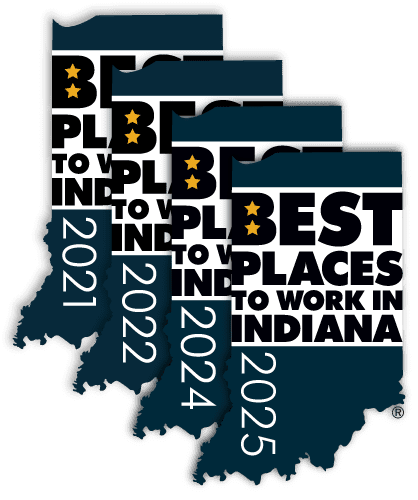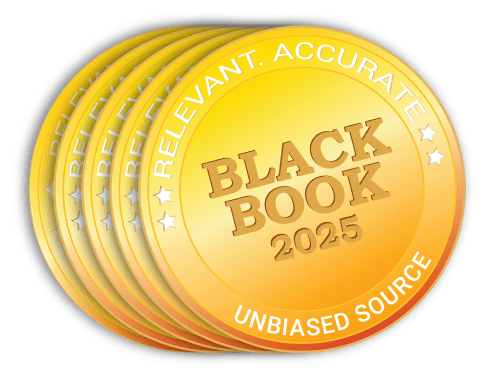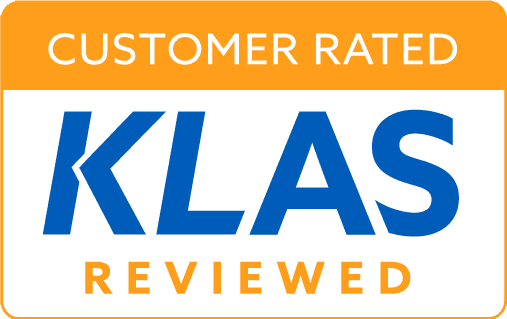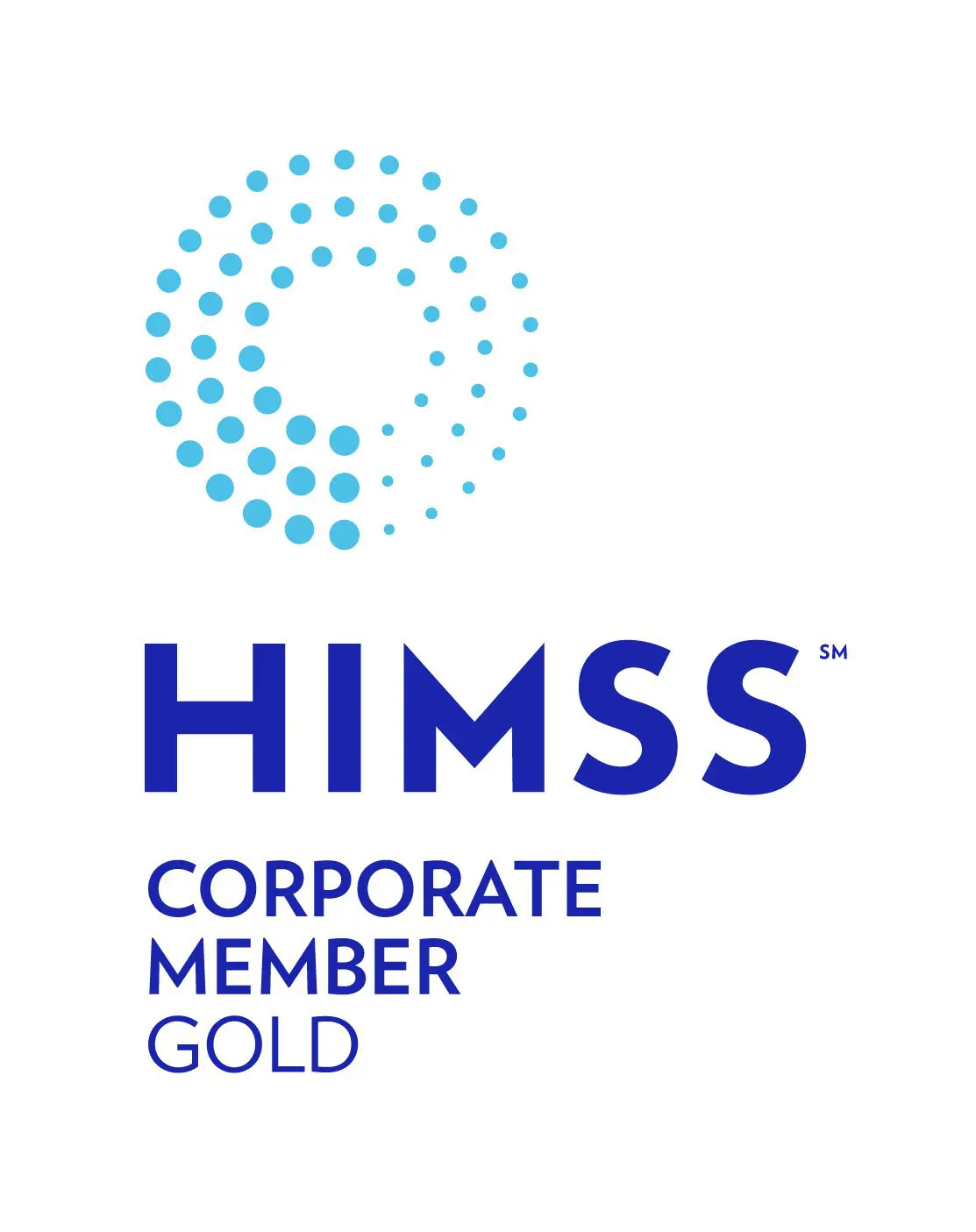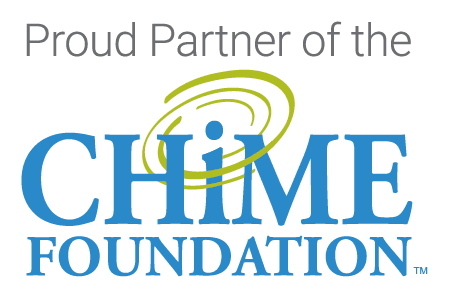
Data Governance goes hand in hand with data quality. In healthcare, we see a continued push toward data technology leadership to ensure that EMR and especially legacy health data is well managed throughout its complete life cycle. The time to ensure your organization’s Data Governance policies are top notch, is yesterday.
There are some really important reasons to shore up your organization’s IT health. Health data is stepping up to play a more critical role on the operating room floor. For example, it is predicted that by 2019, “digital mobile engagement among life science companies, patients, and providers will have increased 50%, improving brand sentiment, clinical trial recruitment, and medication adherence”, which underscores the rising importance of Data Quality and Data Governance in clinical data. Emerging technologies and new uses for data only underscore the need for a comprehensive data management plan that starts with a Data Governance team.
As healthcare technology and systems continue to evolve, it is important that the approach and teams involved in stewarding the data evolve as well.
What can your team do to review your Data Governance approach to legacy data? Here are a few tips from IT professional, Mary Martha Treadaway:
Many healthcare organizations charge the Information Services (IS) department with developing an EMR legacy migration and decommissioning strategy to meet medical record retention requirements. As legacy system cost and maintenance typically falls to the IS department, this seems reasonable. However, long-term, solely charging IS with legacy data management may not be the best decision. Several critical cross-departmental compliance issues must be considered to determine whether a healthcare application is eligible to be decommissioned. Engaging key stakeholders will help ensure the IS team will not make or miss key data decisions in impacted clinical and operational areas. Here are four tips for successful legacy health data governance:
1) Create and Facilitate a Cross-Functional Governance Group
If you haven’t already formed a team, leverage a multidisciplinary Governance Group to assist with EMR legacy migration and decommissioning decisions. This is important as each business stakeholder brings a unique business perspective to the table. Typically, the group includes representatives from Health Information Management (HIM), Finance (Patient Financial Services and General Ledger/HR), Clinical, Operations, Legal, Audit & Compliance, and IS. This group will:
- Establish a health data archiving vendor strategy
- Provide input and approval around the prioritization of applications
- Ensure policy and standards are followed
- Oversee resourcing (business role in validation is key)
- Monitor regulation awareness and compliance
Objections like “we don’t need another cross-functional committee” or “we can’t afford the time it takes to meet each month” may indicate a need for third-party involvement to guide the group. The right 3rd party facilitator can minimize the time of all involved and maximize the impact of the project. The facilitator takes into account the organizational culture, the portfolio of systems to be decommissioned, and medical record retention policies. This will help the organization gain momentum since legacy management is not always a primary focus for those in the group.
2) Ensure that HIM is at the Table
At one healthcare organization, IS was leading the charge on EHR migration. Once the access to legacy data was rolled out, an HIM resource inquired about the archival of a particular database. The IS Department immediately realized it had missed including this application in the archive completely. HIM team members often have historical knowledge of past systems and knowledge such as: What do we have? Why did we have it? What was the purpose? What protected health information did it store? Earlier engagement of HIM resources may have identified the system in the initial scope. The key is to have the business engaged from the beginning.
3) Identify a Business Sponsor per Legacy Software Application
Assign a person to be an accountable resource from a validation perspective. If barriers are encountered or if feedback or guidance is required from an operations perspective, go to the sponsor. This role is about taking ownership because, ultimately, the Business Sponsor will approve decisions. Legacy data management is real — real data, real patients. By human nature, we ask better questions when we’re ultimately responsible.
4) Establish Project Managers and an Ongoing Support Structure
Once you have the EMR legacy migration and decommissioning team in place, develop the management framework within which data retention and legacy application related decisions are made. The goal is to provide a structured approach to conduct initial legacy application remediation activities as well as future data retention efforts. While each organization will encounter unique situations, expect your Governance Group to engage in the following scenarios:
- Prioritization of projects and determining a plan for data management
- Accountability – Who is accountable for sign off? Who owns the data? As health systems acquire Ambulatory sites, decisions have to be made about the rundown of accounts receivable and security of clinical data. How will future Releases of Information be provided?
- Policy for destruction of data. Work with your legal team to create the framework and processes for data destruction when retention periods have been met.
- Clarification of differences between Data Warehouses and Health Data Archives.
- Regulatory and Audit instances
Utilizing a cross-functional Governance Group can help support the long-term legacy data management strategy within your healthcare organization. Overall, while IS may initiate the project for cost and labor burden reductions, the business should play a bigger role in upfront decision-making and data validation of the data it uses.
Guest blog submitted by Mary Martha Treadaway
 Mary Martha is a healthcare IT professional with more than 15 years of experience. She received her BSBA in Management Information Systems from East Carolina University. Mary Martha has assisted multiple healthcare systems in North Carolina with their data retention strategy and program efforts focusing on end-to-end data retention project management including developing the governance framework, creating the Total Cost of Ownership, managing the stakeholder steering committee meetings and decommissioning systems.
Mary Martha is a healthcare IT professional with more than 15 years of experience. She received her BSBA in Management Information Systems from East Carolina University. Mary Martha has assisted multiple healthcare systems in North Carolina with their data retention strategy and program efforts focusing on end-to-end data retention project management including developing the governance framework, creating the Total Cost of Ownership, managing the stakeholder steering committee meetings and decommissioning systems.
Note: Some of the content in this post originally appeared in an earlier blog published in 2015.

